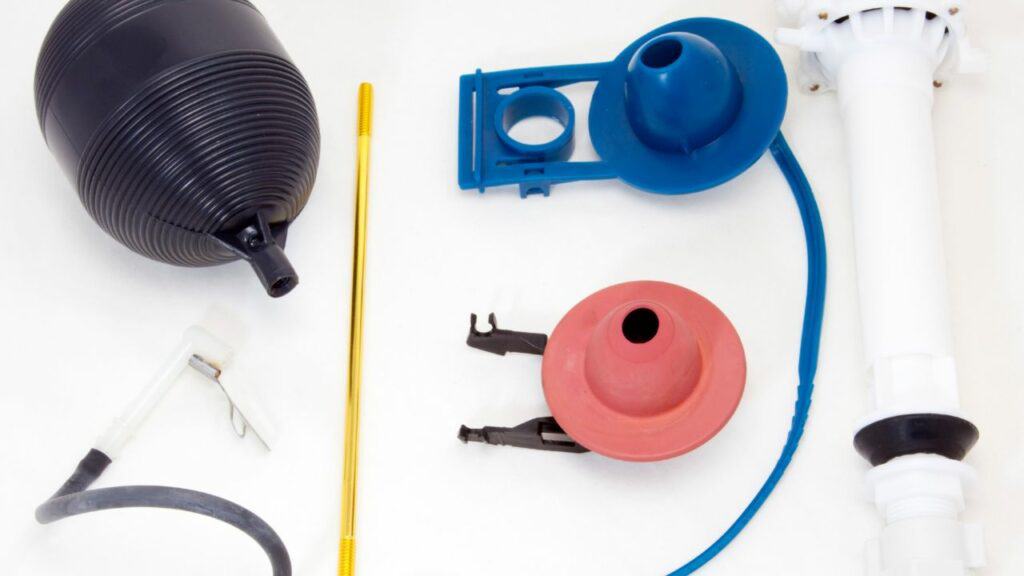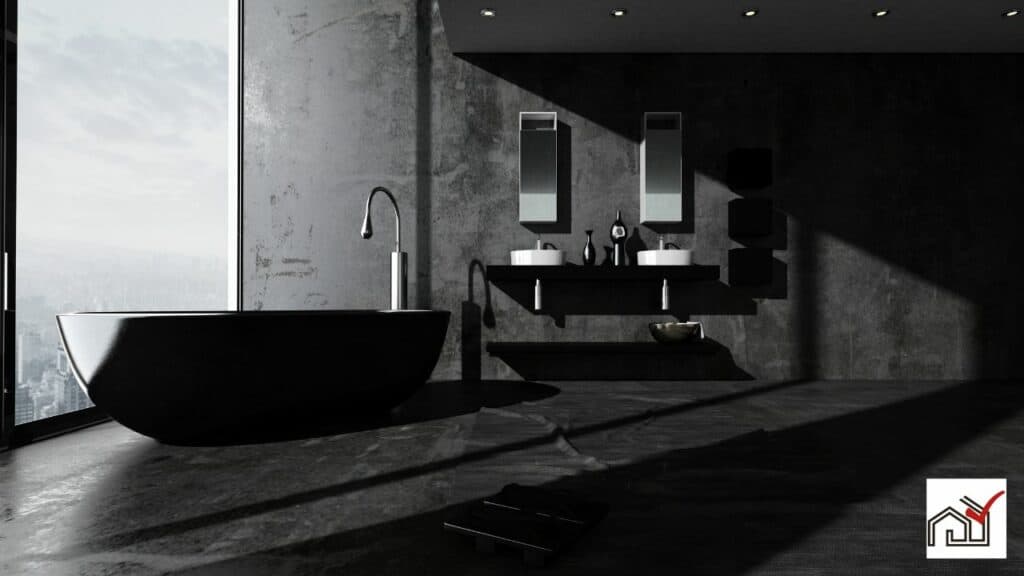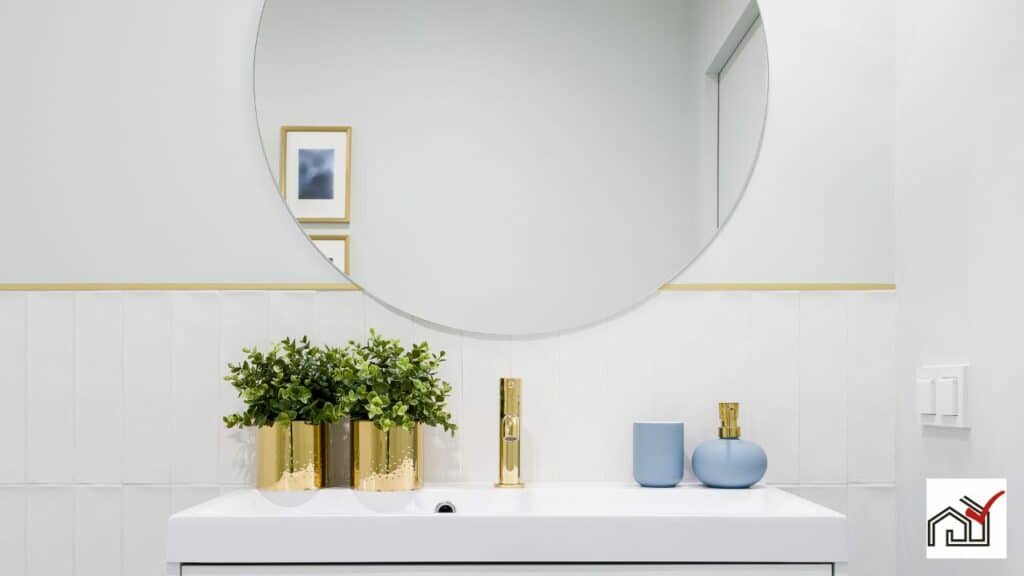Bathroom grout typically lasts between 8 to 16 years. Its lifespan depends on the material, environmental conditions, and maintenance. Regular cleaning and sealing can help prolong its life.
If grout shows cracking, discoloration, or mold, it may need to be replaced to maintain the bathroom's condition. Knowing what affects grout's durability is important for keeping bathroom tiles in good shape.
Understanding Bathroom Grout
Bathroom grout, used to fill gaps between tiles, deteriorates over time from moisture and temperature changes. This grout is necessary to prevent water from leaking behind tiles but is porous and can absorb water, leading to mold and structural weakening.
Signs of grout wear include discoloration and crumbling. Replacing old grout improves the bathroom's look and restores its moisture barrier. Sealing grout reduces its porosity, repels water, and extends its life.
Regular cleaning with suitable cleaners and annual resealing can increase grout longevity, helping to maintain the bathroom's appearance and function.
Typical Grout Lifespan Factors
The lifespan of bathroom grout is influenced by various factors. These include the type of grout, with epoxy grout being more durable than traditional grout. The tile material also matters; ceramic or porcelain tiles can lead to longer-lasting grout compared to more porous materials. Applying a quality grout sealer protects against moisture and dirt, extending the grout's life.
Maintenance is crucial for grout longevity. Regular cleaning with non-acidic cleaners and avoiding harsh chemicals help keep grout in good condition. Managing bathroom moisture and preventing mold and mildew are important to maintain the grout's integrity.
Types of Grout Compared
When selecting grout, consider its durability and suitability for the intended use. Epoxy grout is durable and stain-resistant, ideal for moist environments like bathrooms, as it does not require sealing and resists mold and mildew.
For natural stone tiles, penetrating sealers are beneficial as they absorb into the grout to provide protection while allowing color customization. These are suitable for areas where the natural look of stone is desired.
Non-penetrating sealers create a surface barrier and are useful in kitchens to protect against spills and stains. The choice of sealer for a bathroom depends on the tile type and moisture exposure.
Sealing grout is essential to extend its life and maintain the look of tile surfaces. Proper maintenance and the correct choice of grout and sealer can greatly increase the lifespan of a bathroom floor.
Signs of Grout Deterioration
The first sign of grout deterioration is usually discoloration or staining, indicating it may need inspection and possibly regrouting. Over time, grout can change color due to moisture, cleaners, or dirt buildup.
Grout can also develop black mold, particularly in humid areas like bathrooms. Mold compromises both the look of the grout and can be a health hazard, suggesting the grout needs replacement.
Moisture notably affects grout longevity, with cracking and crumbling being clear signs of degradation. These issues often arise in wet areas and can lead to more serious problems, such as water damage, if not fixed quickly.
Another subtle sign of grout wear is if it stops repelling water. If water no longer beads on the surface, it's time to assess the grout's condition.
Regular grout checks can detect early signs of wear, enabling timely maintenance or regrouting. Proactive care helps preserve the lifespan of bathroom tiles and maintains the appearance and functionality of tiled areas.
Impact of Maintenance Habits
Regular and proactive maintenance is crucial for extending the life of bathroom grout. Maintaining grout through consistent cleaning prevents discoloration, dullness, and cracking. It is important to clean grout lines frequently to remove soap scum, mildew, and dirt, which maintains both appearance and quality. Using gentle cleaners and non-abrasive tools helps to avoid damaging the grout's surface and slows down deterioration.
Applying a quality sealant to grout lines is essential as it shields the grout from moisture and stains, which is particularly important in a bathroom's damp environment. This practice contributes to the grout's longer lifespan and improved appearance.
Regular maintenance also allows for the early detection of issues like small cracks or mildew, enabling prompt repair and preventing further damage. Overall, cleaning, careful use of cleaning agents, and sealing are vital for protecting bathroom grout against moisture and wear, thus avoiding expensive repairs or replacements.
The importance of these maintenance habits in preserving the life of bathroom grout is clear.
Grout Sealing Techniques
Grout sealing is important for maintaining the condition of bathroom grout. It is advisable to hire professionals to ensure the sealing is applied correctly, which can increase the grout's lifespan. New grout is particularly susceptible to damage and benefits from sealing.
There are various grout sealing techniques, all aiming to prevent water and contaminants from entering the porous grout, which can cause water damage and mold. Products like Aqua Mix are commonly recommended by professionals due to their effectiveness.
Before sealing, the grout must be cleaned to remove dirt and allowed to dry fully to ensure the sealer adheres well. The sealer is typically applied to the grout lines with a brush or roller for even coverage, avoiding the tiles. Special applicators may also be used for precise application.
It's important to let the sealer cure as per the manufacturer's instructions. Sealing grout annually helps prevent discoloration and chipping, maintaining the grout's appearance and avoiding early repairs or replacement. Properly sealed grout enhances the bathroom's durability and aesthetic appeal over time.
Professional Vs. DIY Regrouting
Hiring professionals for regrouting typically results in a more durable and accurately completed job due to their specialized skills and tools. This can be especially important for shower tiles, where professional work often leads to a longer-term solution compared to temporary DIY fixes. Although DIY may save money initially, improper grout application can lead to future costs.
Professional regrouting services use experience and specialized equipment to remove old grout and apply new grout effectively, which helps prevent water damage and mold. These services tend to give a more visually appealing and long-lasting finish than DIY efforts.
DIY regrouting can be challenging and time-consuming, requiring a precise hand and patience. Even with materials available from stores, the outcome largely depends on the individual's ability. Professionals, on the other hand, can handle unexpected problems and ensure even grout application, which is important for the appearance and durability of the tiles.
Extending Your Grout's Life
To extend the life of bathroom grout, it is important to maintain it regularly. This includes cleaning it often to prevent mold and mildew, which can cause damage over time. Use the right cleaning products to keep the bathroom looking new and the grout in good shape.
Applying a quality sealer to the grout once a year will also protect it by repelling water and stains. This reduces the risk of water damage. Professional application of the sealer is recommended to ensure proper protection.
When installing new grout, it is advisable to use non-sanded grout for bathroom tiles as it is less porous and less prone to shrinkage and cracking. This type of grout can last 15 to 20 years if applied correctly.




